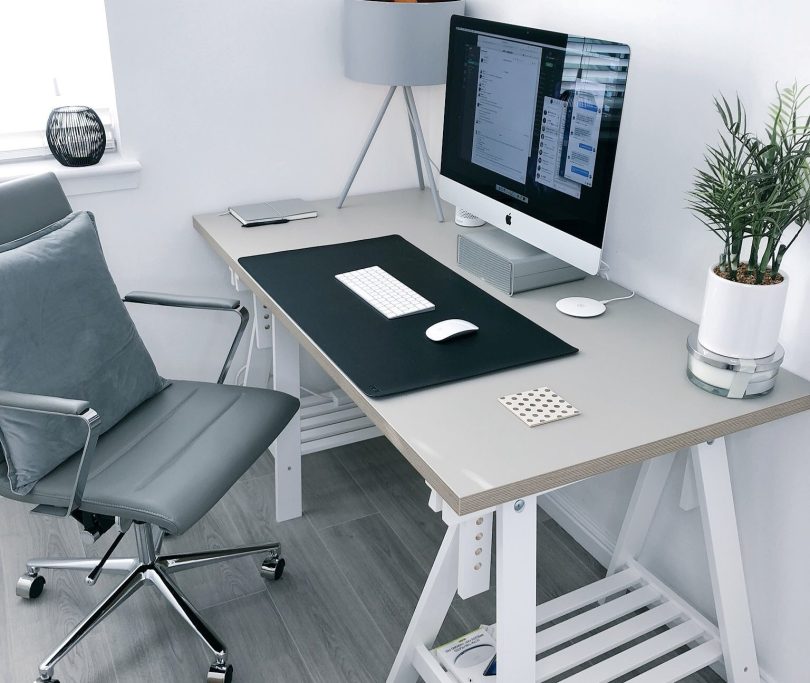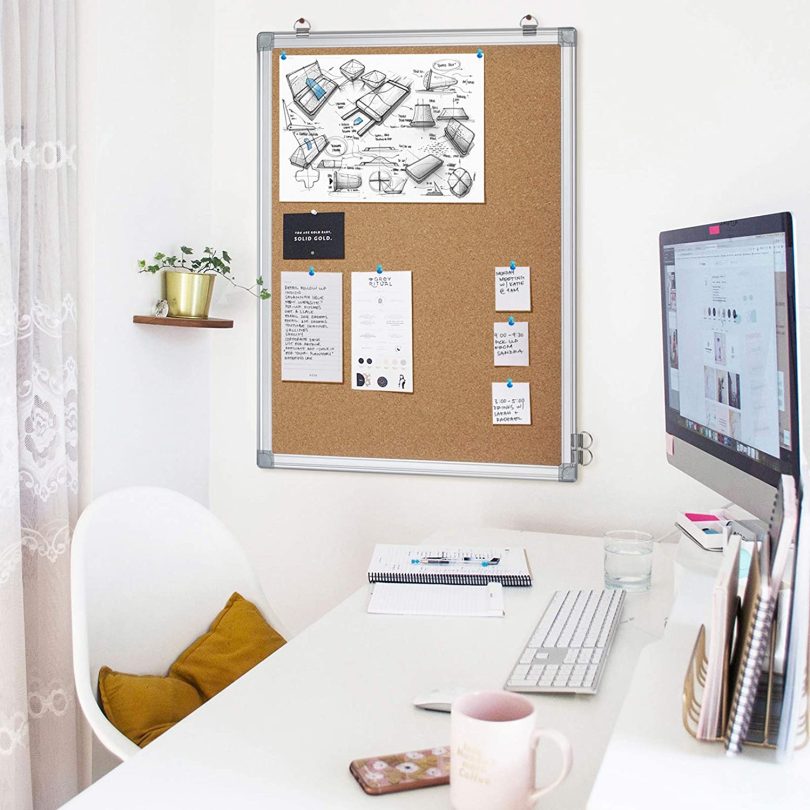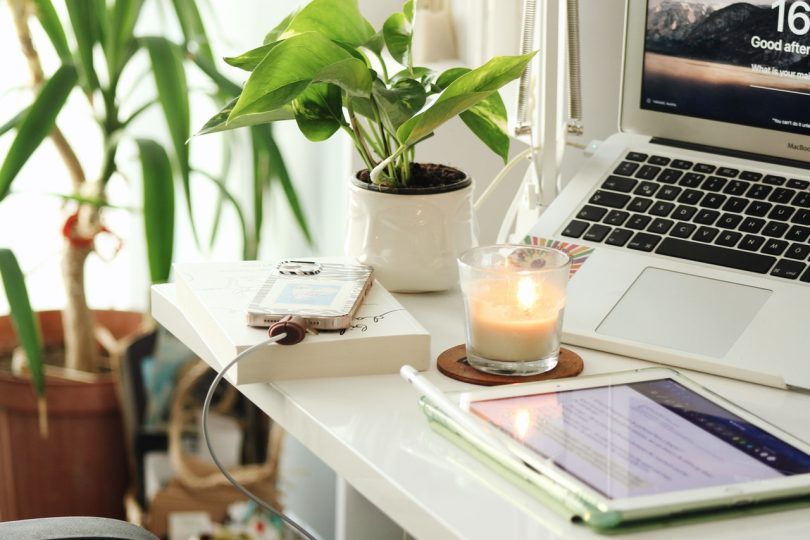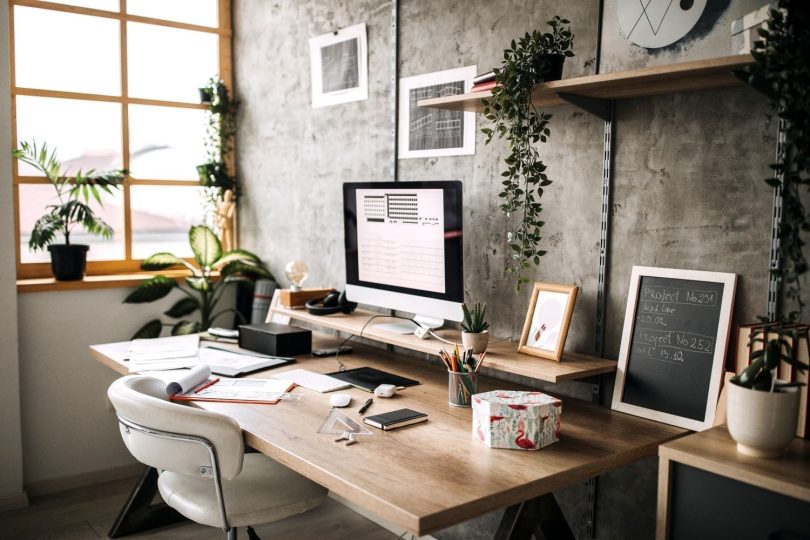There is a lot to be gained from a productive workplace. Aside from the obvious boost in motivation, it also nurtures mental well-being which comes full circle to ultimately boost worklife productivity. Yet, working from home does not always translate into a professional office environment. If your home office is lacking in something, but you’re not sure what, and your job performance is suffering, as a result, keep reading. These ten tips are small things you can put in a home office to make it into the ideal workspace.
1. The Right Desktop
The most important equipment for remote working is the desktop or laptop. This is the hub of everything and is usually the method used to fulfill work tasks etc. Therefore, finding a reliable device becomes at the top of the list. To get a sense of what is available and browse the specifications of a variety of desktops, take a look through this selection from Lenovo. Choices like operating system, RAM, and CPU capacity will all depend on which profession you have.
2. A Solid Desk
Once you have the desktop, you are going to need somewhere for it to sit. But a desk is more than just a computer stand; it is an opportunity to create a bespoke workplace. Accesorising and organising this zone provides a boost in mental health which in turn organically supports stronger work practices. Top tips for finding the perfect, most suitable desk include:
- Find a desk that fits. Avoid anything that is too small or too tall, as this will cause neck strain and posture issues.
- Measure the space where the desk will sit.
- Consider a unit that has drawer storage built-in.
- Make sure you know how to build it. If you are not particularly inclined to handiwork, it might be a good idea to get someone to help to avoid making a costly mistake!
3. A Comfortable Chair

A comfortable chair that also supports posture is a remote working must have. Good posture support creates a cradle for supporting joints and muscles and therefore depreciating the chance of an injury or strain. The most suitable type of chair for significant periods of inactivity, e.g. sitting at a desk in front of a PC, is an ergonomic one. Why? Because ergonomic chairs support the back, the hips, and the neck, can be adjusted for height, and are also built for comfort and cushion ratio wise.
4. A Reliable Wi-Fi Connection
Slow wi-fi is the downfall of the homeworker! Take steps to make sure it won’t let you down and consider a booster from your provider if it becomes a major issue.
5. Organisation
A home office is a tempting and all too easy place to make the designated dumping ground for miscellaneous letters and documents. The risk here is that your office becomes a storage system rather than having one, and a cluttered environment is not one that supports productivity. Think about it this way, you wouldn’t allow a cubicle or office in a company building to become riddled with rubbish, so treat the one at home much the same. Try a simple shelf or storage box — even something as small as a pen tidy for all the stationery laying around will make a difference.
6. Notice Board

Is there anything better than a grand, visual reminder of impending tasks and meetings? When remote working, you will have to organise yourself and your schedule in a way that you have yet to experience. It takes discipline, planning, and a continued conscientiousness that eludes some. That is where visual aids like noticeable notice boards come in handy.
They can sit on the wall above your desk and provide a place for pinning post-its and scribbling thoughts, reminders, concerns, and more. Visual aids like this are more accessible for the brain when it comes to actually remember and getting on with imperative jobs because they immediately grab your attention, so you are confronted with the information as opposed to having it removed from your mind owing to distractions. They are also helpful for balancing family life with work as well.
7. Miscellaneous Equipment
A smaller consideration, and a largely practical point, is to ensure that all the essentials are taken care of. Pens, paper, notepads, post-its — you get the idea — anything that empowers you to have a great day at work.
8. A Supportive Lamp
Natural light is the best source in any room as it preserves energy supplies and cuts costs, which makes it better than the alternative. However, it is not always accessible, so when this is the case, you have to look elsewhere. The best stand-in for sunlight is a soft, warm lamp in a concentrated area. What are you achieving by doing this? Well, the answer is multiple things.
A light with minimal glare decreases eye strain, as long as the brightness is mid-low and never over imposing. Try switching up the blue light on your desktop screen for at least a few hours a day as well, as this causes eye and headache.
9. The Perfect Plant

This can be whatever you want and it can be chosen on a personal preference basis. The point is to get a plant, not about what it looks like. The benefits are almost countless and include:
- Plants regulate and improve air quality in their immediate environment. They remove toxins from the oxygen and filter harmful toxins out.
- They look nice which improves the aesthetic of the room, making it visually more appealing. This relaxes the mind which increases motivation.
- Houseplants and flowers are enablers of creative thinking. Being in nature has countless benefits for humans, one of which is a boost in creativity. So logic dictates that bringing nature into the work environment will yield similar results.
10. Wall Hangings
Lastly, keep those blank walls from lowering your mood by splashing them with pieces of color and pictures of familiar faces.
Follow this advice, and your home office will be a den of creativity and productivity in no time.




